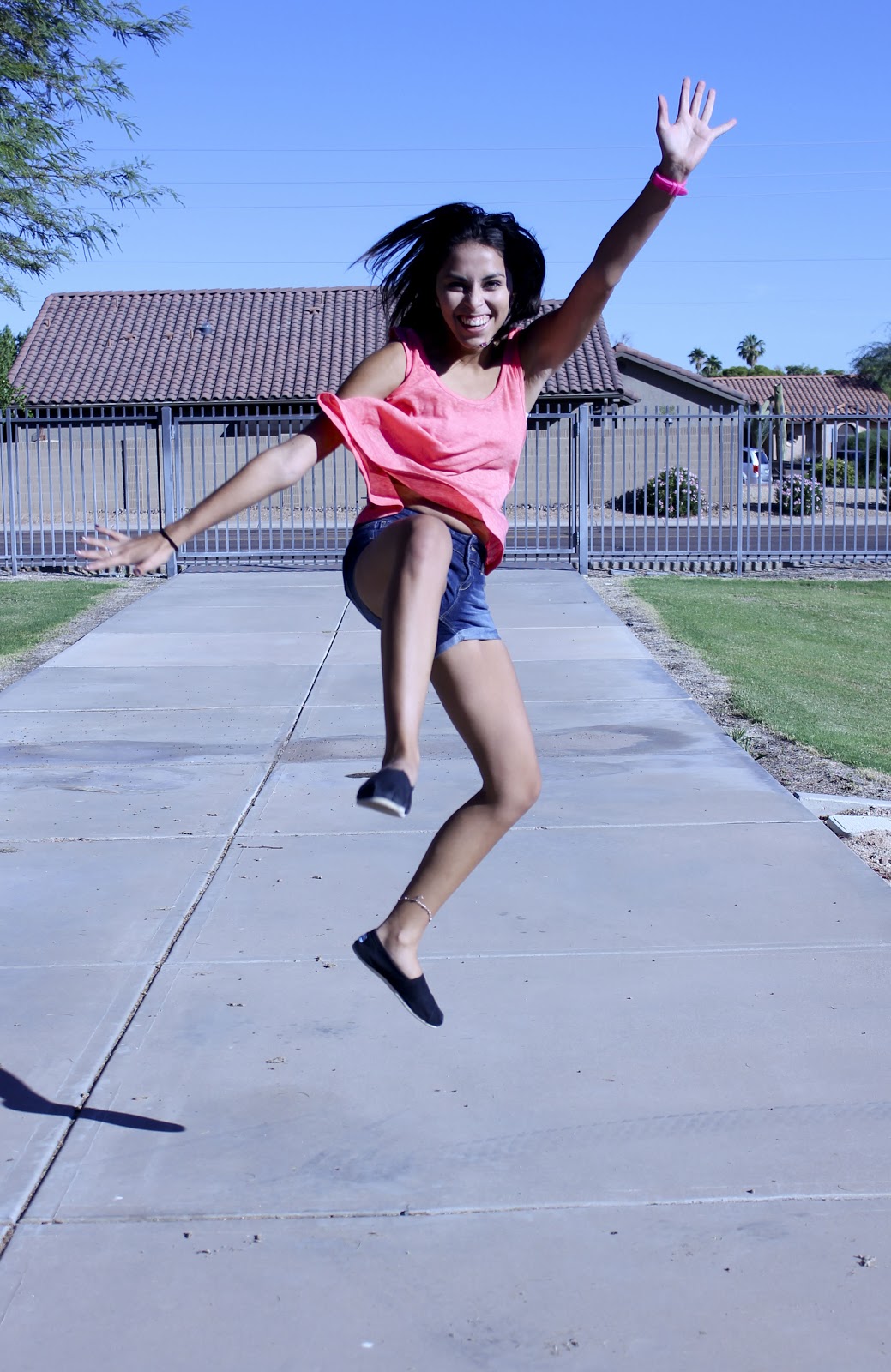Unit 4 Activity 3: Shutter Speed
Fast Shutter Speed Examples:
F 6.3/Shutter Speed: 1/500
F4.5/Shutter Speed: 1/800
F5.0/Shutter Speed: 1/800
F5.0/Shutter Speed: 1/1000
For these images, the fast shutter speed eliminates any possibility for blur. Whether the subject is running, spinning, or jumping, the movement is captured in perfect clarity. To focus the camera, I made sure that I was in a position that would allow me to stay in one location while I took the picture, as opposed to moving the camera with subject.
Slow Shutter Speed Examples:
F22/Shutter Speed: 1/15
F22/Shutter Speed: 1/20
F22/Shutter Speed: 1/25
F20/Shutter Speed: 1/25
These images show what a slow shutter speed will do to movement of a subject. In the first three, the subject is running and I panned the camera to follow her running. At the slowest shutter speed, everything is blurred, but as the shutter speed speeds up, there is a noticeable difference in what is clear and what is still blurry. Slow shutter speed gives the illusion of movement, while fast shutter speed is more effective in stopping action. I used the same focusing technique as stated under my fast shutter speed examples.



















